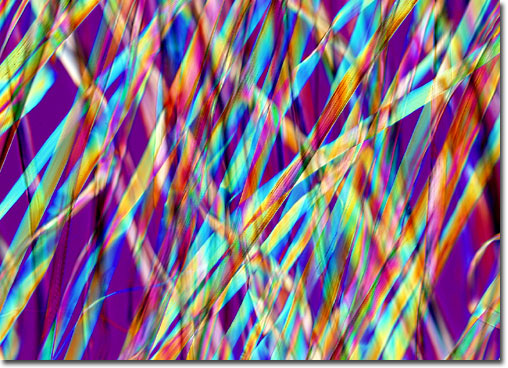|
Silkworms are tremendous eaters that consume enough food in a month to increase their body size 10,000 times its original dimensions. The diet of the caterpillars, therefore, can be quite important, often affecting the color and texture of the silk produced. Most commercial operations, therefore, keep silkworms on a restricted diet, typically consisting of mulberry leaves, in order to maintain consistency and quality of their fibers. Also, many of these same companies treat the cocoons formed by the silkworms with heat or steam in order to stop the process of metamorphosis, ensuring that the strands of silk, which may be as many as 1,000 yards long, are left intact.
|
